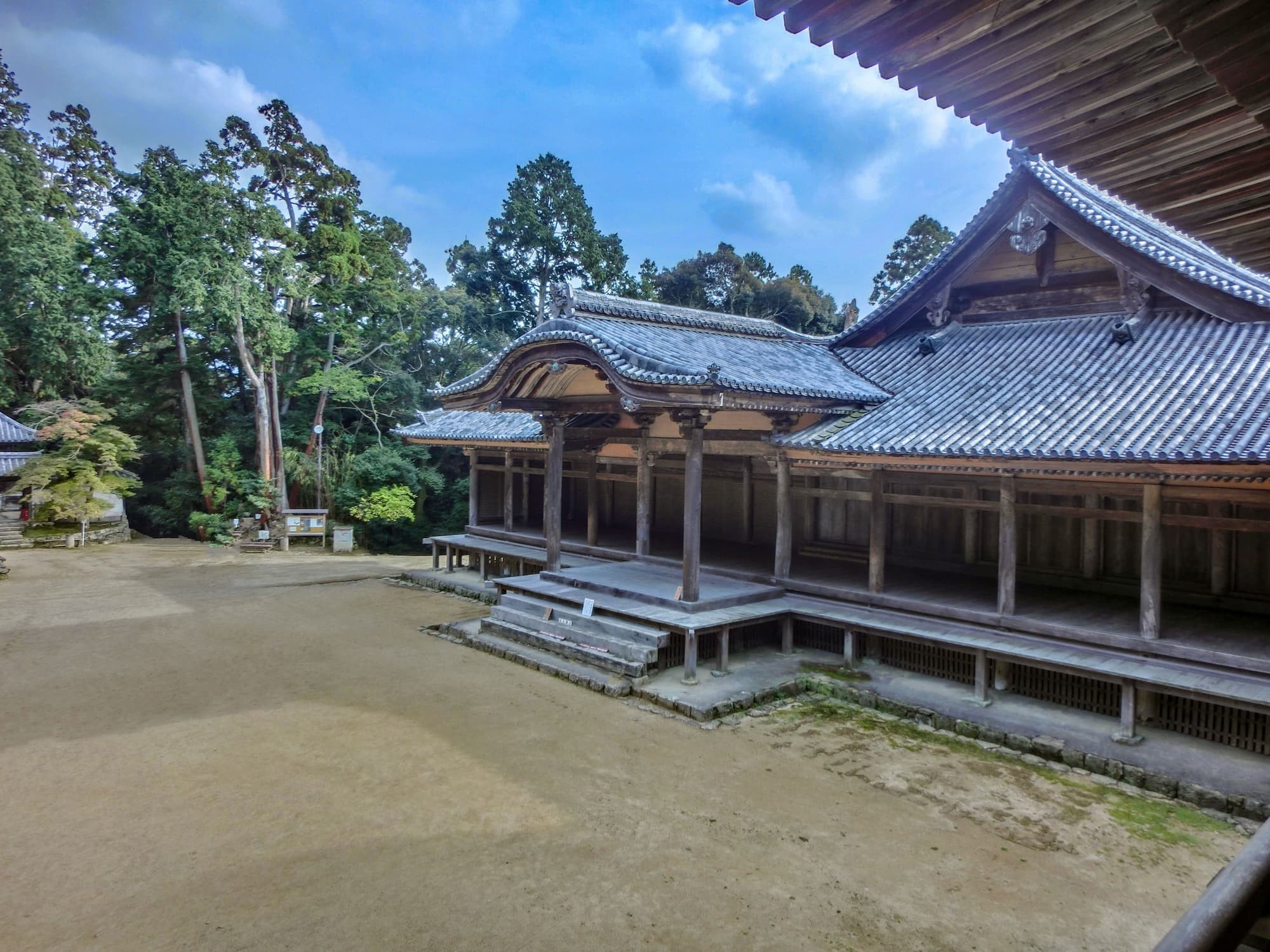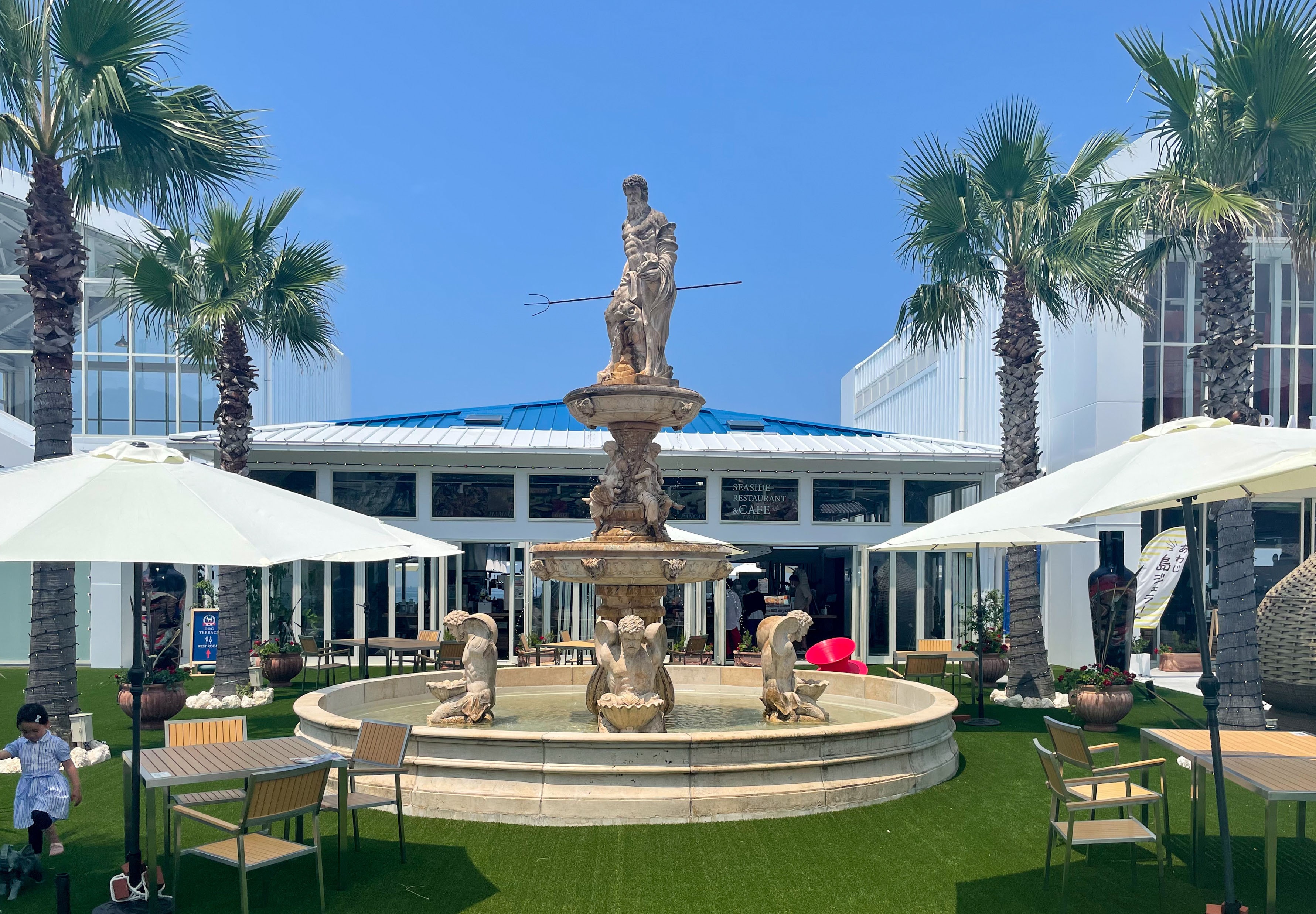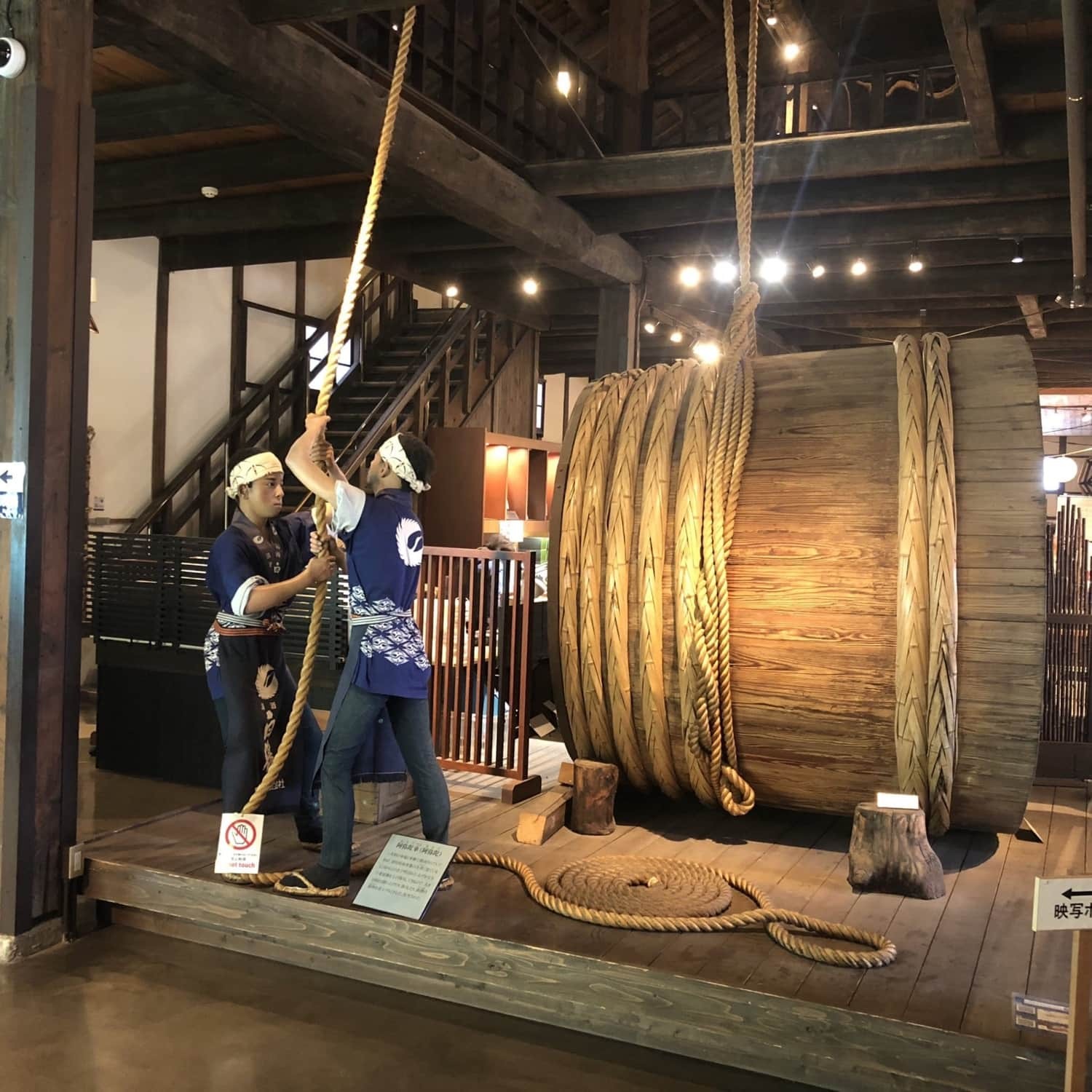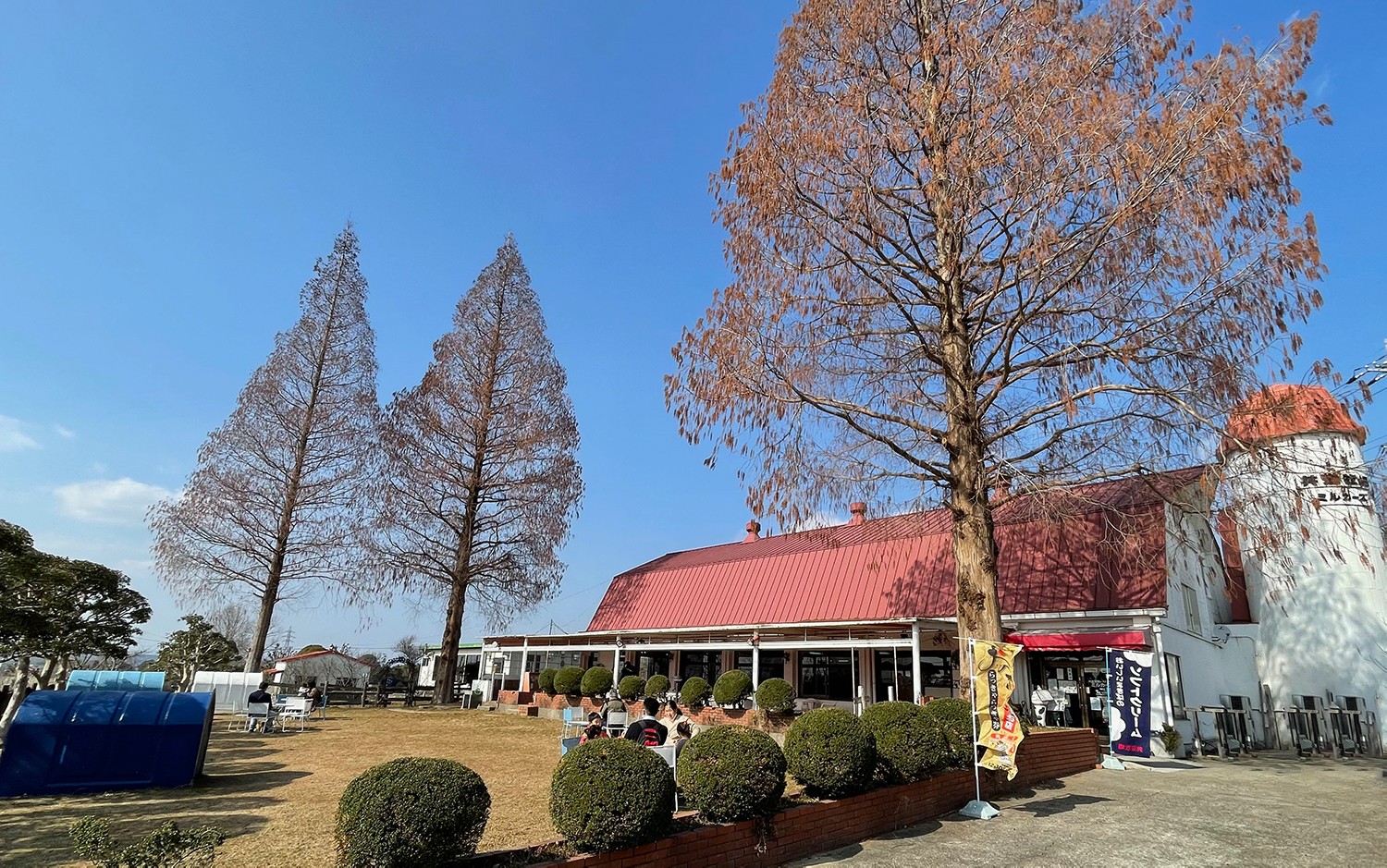Hyogo Tourism offers a diverse range of experiences, from historical sites to stunning natural landscapes, making it an ideal destination for travelers seeking cultural immersion and scenic beauty. SIXT.VN can help you plan an unforgettable trip to Hyogo, providing seamless transportation and accommodation solutions. Discover the best of Hyogo with our expert travel services, including local insights, travel itineraries, and convenient booking options.
1. What Makes Hyogo a Unique Tourist Destination?
Hyogo stands out as a unique tourist destination due to its blend of urban sophistication and natural beauty. This Japanese prefecture offers a diverse range of attractions, from the bustling port city of Kobe to the serene landscapes of Awaji Island and the historic Himeji Castle, making it a captivating destination for all types of travelers.
Hyogo Prefecture is celebrated for its rich history, cultural heritage, and culinary delights. Kobe, the capital city, is renowned for its cosmopolitan atmosphere, world-class cuisine, and stunning harbor views. Visitors can explore the historic Kitano district, known for its well-preserved foreign residences, or indulge in the famous Kobe beef. According to the Hyogo Tourism Association, Kobe attracts millions of visitors each year, drawn by its unique blend of Eastern and Western influences.
Beyond Kobe, Hyogo offers a wealth of natural attractions. Awaji Island, connected to the mainland by the Akashi Kaikyo Bridge (one of the world’s longest suspension bridges), is known for its beautiful beaches, flower parks, and the Naruto whirlpools. Inland, the prefecture boasts picturesque mountains, hot springs, and hiking trails, providing ample opportunities for outdoor activities.
Himeji Castle, a UNESCO World Heritage site, is another major draw for tourists. This iconic castle is one of Japan’s best-preserved feudal structures, offering a glimpse into the country’s rich history. Its pristine white exterior and intricate design make it a must-see attraction.
Hyogo’s unique appeal also lies in its accessibility. The prefecture is well-connected by rail and road, making it easy to explore its diverse regions. Whether you’re interested in history, nature, or culinary experiences, Hyogo offers a unique and unforgettable travel experience.
2. What Are the Must-Visit Historical Sites in Hyogo?
Hyogo is home to several significant historical sites that offer a glimpse into Japan’s rich past, with Himeji Castle being the most prominent. These sites provide valuable insights into the region’s cultural heritage and architectural achievements.
Himeji Castle: This UNESCO World Heritage site is one of Japan’s most iconic and best-preserved feudal castles. Known as the “White Heron Castle” due to its elegant white exterior, Himeji Castle showcases exquisite architecture and offers a fascinating look into Japanese history. Visitors can explore the castle’s intricate defense systems, climb to the top for panoramic views, and learn about the samurai who once defended its walls. The castle’s history dates back to the 14th century, and it has survived numerous wars and natural disasters, making it a symbol of resilience and strength.
 Himeji Castle
Himeji Castle
Mount Shosha Engyoji Temple: Located on Mount Shosha, this historic temple complex offers a serene and spiritual experience. Engyoji Temple is known for its beautiful wooden structures, stunning natural surroundings, and role in the movie “The Last Samurai.” Visitors can hike up the mountain or take a ropeway to reach the temple, where they can explore the various halls, pagodas, and gardens. The temple’s rich history and peaceful atmosphere make it a perfect escape from the bustling city.
Kokoen Garden: Situated near Himeji Castle, Kokoen Garden is a meticulously designed Japanese garden that recreates historical landscapes from the Edo period. The garden consists of nine separate walled gardens, each with its unique theme and design. Visitors can stroll through the gardens, admire the carefully manicured plants and trees, and enjoy the tranquility of this beautiful oasis. Kokoen Garden provides a glimpse into the traditional Japanese aesthetic and offers a peaceful respite from the nearby castle.
Suma Temple: Suma Temple, with its rich history dating back to the Heian period, offers a serene retreat with beautiful gardens and historical artifacts. Visitors can explore the temple’s main hall, admire the intricate details of its architecture, and stroll through the peaceful gardens. The temple’s location near the coast adds to its appeal, making it a great place to relax and reflect on the region’s cultural heritage.
According to the Agency for Cultural Affairs, these historical sites are crucial for understanding Japan’s cultural evolution and provide invaluable educational experiences for visitors.
3. What Natural Attractions Should I Not Miss in Hyogo?
Hyogo boasts a wealth of natural attractions, ranging from scenic coastlines to lush mountains, providing visitors with ample opportunities to connect with nature. Some of the must-visit natural sites include Awaji Island, Takeno Beach, and the Tonomine Highlands.
Awaji Island: Located in the eastern part of the Seto Inland Sea, Awaji Island is known for its stunning landscapes and beautiful beaches. The island offers a variety of outdoor activities, including hiking, cycling, and water sports. Visitors can explore the Awaji Hanasajiki flower park, which features seasonal blooms, or visit the Naruto whirlpools, a natural phenomenon created by tidal currents. The island’s serene atmosphere and picturesque scenery make it a perfect destination for nature lovers.
 Awaji Island
Awaji Island
Takeno Beach (Takenohama): Situated on the Japan Sea coast, Takeno Beach is considered one of the best beaches in Hyogo Prefecture. Its clear waters and sandy shores make it an ideal spot for swimming, sunbathing, and other beach activities. The surrounding area offers scenic hiking trails and opportunities for exploring the local fishing villages. Takeno Beach is a popular destination for both locals and tourists seeking a relaxing seaside getaway.
Tonomine Highlands: The Tonomine Highlands, also known as Tonomine Kogen, is a scenic area famous for its vast expanse of Japanese pampas grass. In the autumn, the hills are covered in golden hues, creating a breathtaking landscape. Visitors can hike through the highlands, enjoy panoramic views, and immerse themselves in the beauty of nature. The Tonomine Highlands are a popular spot for photographers and nature enthusiasts.
Mitoro Fruit Park: This expansive park in Kakogawa features a greenhouse, café, and observation deck, offering a blend of nature and recreation. Visitors can explore the park’s lush greenery, enjoy the seasonal fruit displays, and take in the panoramic views from the observation deck. Mitoro Fruit Park is an ideal destination for families and anyone looking to relax in a natural setting.
According to the Ministry of the Environment, these natural attractions play a crucial role in preserving biodiversity and providing recreational opportunities for the public.
4. What Are the Best Culinary Experiences in Hyogo?
Hyogo Prefecture offers a diverse culinary scene, with Kobe beef being the most famous delicacy. However, the region also boasts a variety of other local specialties, including fresh seafood and sake. Exploring the culinary landscape of Hyogo is a must for any food lover.
Kobe Beef: Renowned worldwide for its exceptional quality and marbling, Kobe beef is a must-try for any visitor to Hyogo. This premium beef comes from the Tajima breed of Wagyu cattle, raised in Hyogo Prefecture. The strict standards for Kobe beef production ensure its superior flavor and tenderness. Visitors can savor Kobe beef in various forms, from steak to sukiyaki, at numerous restaurants throughout the region.
Nada Sake District: Hyogo is home to the Nada Sake District, one of Japan’s leading sake-producing regions. The area’s favorable climate and high-quality water make it ideal for sake brewing. Visitors can tour sake breweries, learn about the sake-making process, and sample a variety of local brews. The Hakutsuru Sake Brewery Museum is a popular destination for those interested in learning more about the history and culture of sake.
 Nada Sake District
Nada Sake District
Akashi-yaki: Also known as “Tamagoyaki,” Akashi-yaki is a local specialty from the city of Akashi. These fluffy, egg-based dumplings are cooked in a copper pan and served with a flavorful dashi broth for dipping. Akashi-yaki is a popular street food and can be found at numerous stalls and restaurants in the Akashi area.
Seafood: With its long coastline, Hyogo Prefecture offers a wide variety of fresh seafood. Visitors can enjoy sushi, sashimi, grilled fish, and other seafood dishes at restaurants and markets throughout the region. The coastal city of Akashi is particularly known for its high-quality seafood, including sea bream and octopus.
According to the Japan National Tourism Organization, Hyogo’s culinary offerings are a significant draw for tourists, providing a unique and delicious way to experience the region’s culture and heritage.
5. What Cultural Events and Festivals Should I Attend in Hyogo?
Hyogo hosts a variety of cultural events and festivals throughout the year, offering visitors a chance to experience the region’s traditions and customs. Some of the most popular events include the Kobe Luminarie, the Nada Fighting Festival, and the Himeji Castle Festival.
Kobe Luminarie: Held annually in December, the Kobe Luminarie is a stunning light festival that commemorates the Great Hanshin Earthquake of 1995. Millions of LED lights are used to create elaborate illuminated structures, transforming the city into a magical wonderland. The festival serves as a symbol of hope and resilience, attracting visitors from all over the world.
Nada Fighting Festival: This energetic and boisterous festival takes place in October in the Nada district of Kobe. Teams of men carry portable shrines, known as mikoshi, and engage in a lively competition to demonstrate their strength and spirit. The festival is a vibrant display of local culture and tradition, featuring music, food, and plenty of excitement.
Himeji Castle Festival: Celebrated in the spring, the Himeji Castle Festival commemorates the history and culture of Himeji Castle. The festival features traditional performances, samurai parades, and historical reenactments, providing visitors with a glimpse into the castle’s rich past. The festival is a popular event for both locals and tourists, offering a fun and educational experience.
Awaji Island International Hyogo Kite Festival: This vibrant festival showcases kites from around the world, celebrating the art and culture of kite flying. Held annually, the festival features kite-flying demonstrations, workshops, and competitions, attracting kite enthusiasts and families alike. The festival is a colorful and festive event that highlights the international appeal of kite flying.
According to the Hyogo Prefectural Government, these cultural events and festivals play a vital role in preserving and promoting the region’s cultural heritage, attracting tourists and fostering community spirit.
6. How Can SIXT.VN Enhance My Hyogo Tourism Experience?
SIXT.VN offers a range of services designed to enhance your Hyogo tourism experience, from airport transfers to hotel bookings and curated tour packages. By utilizing SIXT.VN, you can streamline your travel arrangements and enjoy a hassle-free trip.
Airport Transfers: SIXT.VN provides convenient and reliable airport transfer services, ensuring a smooth transition from the airport to your hotel or other destinations in Hyogo. With SIXT.VN, you can avoid the stress of navigating public transportation or waiting in taxi lines, allowing you to start your vacation without delay.
Hotel Bookings: SIXT.VN offers a wide selection of hotels in Hyogo, ranging from budget-friendly options to luxury accommodations. Whether you’re looking for a cozy guesthouse in the countryside or a modern hotel in the heart of Kobe, SIXT.VN can help you find the perfect place to stay.
Curated Tour Packages: SIXT.VN offers curated tour packages that showcase the best of Hyogo, including guided tours of historical sites, culinary experiences, and nature excursions. These packages are designed to provide you with a comprehensive and immersive travel experience, tailored to your interests and preferences.
Local Insights: SIXT.VN provides valuable local insights and recommendations, helping you discover hidden gems and authentic experiences in Hyogo. From off-the-beaten-path attractions to local restaurants and shops, SIXT.VN can help you create a unique and memorable itinerary.
By leveraging the services of SIXT.VN, you can maximize your enjoyment of Hyogo tourism and create unforgettable memories.
7. What Are Some Lesser-Known Hidden Gems in Hyogo?
While Hyogo is famous for its iconic attractions, it also hides some lesser-known gems that offer unique and authentic experiences. These hidden spots provide a glimpse into the region’s local culture and natural beauty.
Arima Onsen: Although Arima Onsen is a well-known hot spring town, it still retains a hidden gem appeal due to its traditional atmosphere and secluded location. Nestled in the mountains near Kobe, Arima Onsen is one of Japan’s oldest hot spring resorts, known for its therapeutic waters and charming streets. Visitors can soak in the mineral-rich hot springs, explore the town’s historic temples and shrines, and enjoy the peaceful surroundings.
 Arima Onsen
Arima Onsen
Izushi Town: Located in northern Hyogo, Izushi is a charming castle town that has preserved its traditional Edo-era architecture. The town is known for its soba noodles, which are made using local buckwheat flour. Visitors can stroll through the town’s narrow streets, visit the Izushi Castle ruins, and enjoy the local cuisine. Izushi offers a glimpse into Japan’s past, with its well-preserved buildings and tranquil atmosphere.
Kintai Bridge: While technically located just outside Hyogo Prefecture in Yamaguchi, the Kintai Bridge is easily accessible from Hyogo and worth a visit. This iconic wooden bridge spans the Nishiki River, featuring five arches that reflect traditional Japanese craftsmanship. Visitors can walk across the bridge, admire its unique design, and enjoy the scenic views of the surrounding landscape.
Kasagata Park: Situated in northern Hyogo, Kasagata Park is a sprawling natural park that offers a variety of outdoor activities. The park features hiking trails, waterfalls, and panoramic viewpoints, providing visitors with ample opportunities to connect with nature. Kasagata Park is a popular destination for locals seeking a peaceful escape from the city.
According to local tourism boards, these hidden gems offer unique and authentic experiences that can enhance your Hyogo tourism journey.
8. What Are the Best Outdoor Activities to Enjoy in Hyogo?
Hyogo’s diverse landscapes provide a wide range of outdoor activities for nature enthusiasts and adventure seekers. From hiking and cycling to water sports and skiing, there’s something for everyone to enjoy in Hyogo’s great outdoors.
Hiking: Hyogo offers numerous hiking trails that cater to all skill levels, from leisurely strolls to challenging mountain climbs. Popular hiking destinations include Mount Rokko, Mount Shosha, and the Tonomine Highlands. These trails offer stunning views of the surrounding landscapes and provide opportunities to explore the region’s natural beauty.
Cycling: With its scenic coastlines and rolling hills, Hyogo is a great destination for cycling enthusiasts. Awaji Island is particularly popular for cycling, offering a variety of routes that showcase the island’s stunning scenery. Visitors can rent bicycles and explore the island at their own pace, enjoying the fresh air and beautiful views.
Water Sports: Hyogo’s coastline provides opportunities for a variety of water sports, including swimming, surfing, and kayaking. Takeno Beach is a popular destination for swimming and sunbathing, while other coastal areas offer opportunities for surfing and kayaking. Visitors can rent equipment and take lessons from local providers.
Skiing: In the winter, Hyogo transforms into a winter wonderland, offering opportunities for skiing and snowboarding. The northern part of the prefecture is home to several ski resorts, including Hachi Kita Kogen Ski Resort and Oku Kannabe Ski Area. These resorts offer a variety of slopes for all skill levels, as well as other winter activities such as snowshoeing and ice skating.
According to the Japan Tourism Agency, outdoor activities are a significant draw for tourists visiting Hyogo, providing opportunities to connect with nature and experience the region’s diverse landscapes.
9. What Are Some Family-Friendly Activities in Hyogo?
Hyogo offers a variety of family-friendly activities that cater to all ages, from theme parks and zoos to interactive museums and natural attractions. These activities provide opportunities for families to bond and create lasting memories.
Kobe Animal Kingdom: This interactive zoo allows visitors to get up close and personal with a variety of animals, including kangaroos, penguins, and birds. The zoo features indoor and outdoor areas, making it a great destination regardless of the weather. Visitors can feed the animals, attend animal shows, and learn about conservation efforts.
Hanshin Koshien Stadium: Baseball fans will enjoy a visit to Hanshin Koshien Stadium, home of the Hanshin Tigers, one of Japan’s most popular baseball teams. Visitors can take a tour of the stadium, learn about its history, and even catch a game if the Tigers are playing. The stadium offers a fun and exciting experience for families who love baseball.
Hyogo Prefectural Museum of Art: This museum features a diverse collection of art, including works by local and international artists. The museum offers family-friendly programs and activities, such as art workshops and guided tours, designed to engage children and adults alike. The museum is a great destination for families who appreciate art and culture.
Mitoro Fruit Park: As mentioned earlier, Mitoro Fruit Park is a great destination for families looking to relax in a natural setting. The park features a greenhouse, café, and observation deck, offering a blend of nature and recreation. Visitors can explore the park’s lush greenery, enjoy the seasonal fruit displays, and take in the panoramic views from the observation deck.
According to family travel blogs, Hyogo is a great destination for families, offering a variety of activities that cater to all ages and interests.
10. What Are the Best Shopping Destinations in Hyogo?
Hyogo offers a variety of shopping destinations, from bustling urban centers to traditional craft markets. Whether you’re looking for high-end fashion, local souvenirs, or unique crafts, you’ll find it in Hyogo.
Kobe Harborland: This waterfront shopping and entertainment district is home to a variety of shops, restaurants, and attractions. Visitors can browse the latest fashions, sample local cuisine, and enjoy the stunning views of Kobe Harbor. Kobe Harborland is a popular destination for both locals and tourists.
Sannomiya Center Gai: Located in the heart of Kobe, Sannomiya Center Gai is a covered shopping street that features a variety of shops, from department stores to specialty boutiques. Visitors can find everything from clothing and accessories to electronics and souvenirs. Sannomiya Center Gai is a great destination for those looking for a wide range of shopping options.
Motomachi Shopping Street: This historic shopping street is known for its traditional crafts and local products. Visitors can browse the shops selling pottery, textiles, and other handmade goods. Motomachi Shopping Street offers a unique shopping experience that showcases the region’s cultural heritage.
Awaji Island Farmers Market: This local market offers a variety of fresh produce, local specialties, and handmade crafts. Visitors can sample local delicacies, purchase souvenirs, and support local farmers and artisans. The Awaji Island Farmers Market is a great destination for those looking for a taste of local culture.
According to shopping guides, Hyogo offers a diverse shopping scene that caters to all tastes and budgets.
FAQ About Hyogo Tourism
Here are some frequently asked questions about planning a trip to Hyogo:
1. What is the best time to visit Hyogo?
The best time to visit Hyogo is during the spring (March-May) and autumn (September-November) months when the weather is mild and the scenery is beautiful. Spring brings cherry blossoms, while autumn offers colorful foliage.
2. How do I get around Hyogo?
Hyogo has an efficient public transportation system, including trains and buses. Renting a car is also a good option for exploring the region at your own pace.
3. What is the local currency in Hyogo?
The local currency in Hyogo is the Japanese Yen (JPY).
4. Do I need a visa to visit Hyogo?
Visa requirements depend on your nationality. Check with the Japanese embassy or consulate in your country for the latest information.
5. What language is spoken in Hyogo?
The primary language spoken in Hyogo is Japanese. English is spoken in tourist areas, but it’s helpful to learn some basic Japanese phrases.
6. Are credit cards widely accepted in Hyogo?
Credit cards are accepted in larger establishments, but it’s a good idea to carry cash for smaller shops and restaurants.
7. What should I pack for a trip to Hyogo?
Pack comfortable shoes for walking, appropriate clothing for the season, and any necessary medications. It’s also a good idea to bring a Japanese phrasebook or translation app.
8. Is it safe to drink tap water in Hyogo?
Yes, tap water in Hyogo is generally safe to drink.
9. What are some etiquette tips for visiting Hyogo?
Remove your shoes when entering homes and some temples, avoid talking loudly on public transportation, and be respectful of local customs and traditions.
10. How can SIXT.VN help me plan my trip to Hyogo?
SIXT.VN offers a range of services to enhance your Hyogo tourism experience, including airport transfers, hotel bookings, curated tour packages, and local insights.
Attract Visitors to Hyogo With SIXT.VN Services
Ready to explore the wonders of Hyogo? Let SIXT.VN take the stress out of planning your trip. From seamless airport transfers and comfortable hotel bookings to expertly curated tour packages, we’ve got everything you need to create an unforgettable Hyogo adventure. Contact SIXT.VN today and start planning your dream getaway!
Address: 260 Cau Giay, Hanoi, Vietnam
Hotline/Whatsapp: +84 986 244 358
Website: SIXT.VN



